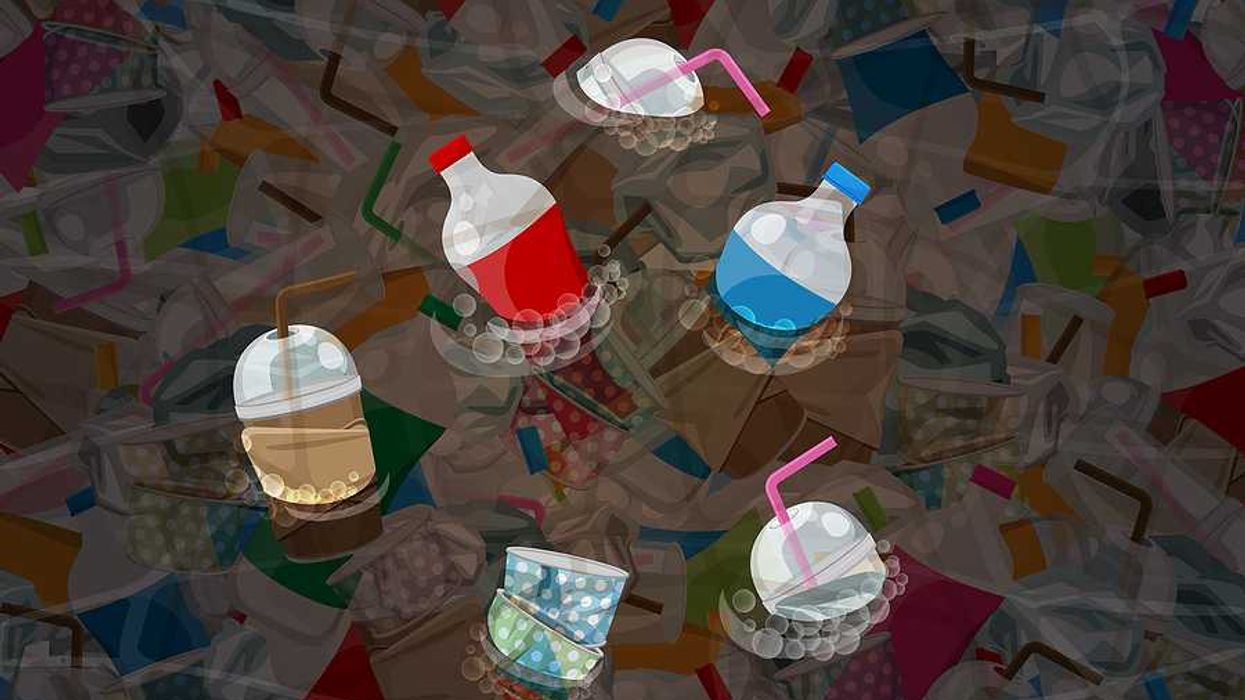Tiny plastic particles, found in air, water and food, are accumulating in human organs and may contribute to health issues, though research remains ongoing.
In short:
- Microplastics, ranging from 1 nanometer to 5 millimeters, have been found in human tissues, including lungs, liver and brain, likely entering through food, water and air.
- Lab studies suggest potential links to cancer, reproductive harm and other health issues, but human-specific effects remain uncertain.
- Experts recommend reducing exposure by limiting use of single-use plastics and improving air filtration indoors.
Key quote:
"This is a signal that we should be acting now."
— Tracey Woodruff, director, Program on Reproductive Health & the Environment, UCSF
Why this matters:
Plastic pollution is omnipresent, and its microscopic byproducts are entering our bodies. These particles may disrupt biological processes, contributing to long-term health risks. Reducing plastic production and exposure is critical to mitigating harm.
Learn more: Microplastics weathered by water are more likely to infiltrate an animal’s cells














